Mastering Prompts in Google AI Studio: Transform Your 2D Photos into Stunning 3D Models with AI
Welcome to the future of creative expression! In the ever-evolving landscape of artificial intelligence, Google AI Studio, powered by the cutting-edge Gemini 2.5 Flash Image model, is emerging as a true game-changer for creators everywhere. As of September 2025, this innovative tool, seamlessly integrated into the Gemini App, is making it incredibly easy for anyone to convert ordinary 2D photos into breathtaking 3D models with just a few clicks and, crucially, well-crafted instructions. The secret sauce? Prompts. These concise yet descriptive text commands are the bridge between your raw image and a professional-grade 3D output, unlocking possibilities from personalized avatars to sophisticated product visualizations.
If you’ve been searching for “how to create 3D models from photos using AI” or “best prompts for Google AI Studio,” you’ve landed in the right place. This comprehensive guide will dive deep into the mechanics of prompt engineering for 3D generation, walk you through step-by-step workflows, provide inspiring real-world examples, and share SEO-optimized tips to elevate your content game. By focusing on effective AI prompts, you’ll unlock endless creative potential, whether your passion lies in e-commerce, gaming, or artistic projects. Let’s dive in and start turning your photos into 3D masterpieces!
What is Google AI Studio? The AI Powerhouse Behind Photo-to-3D Magic
Google AI Studio, often synonymous with the broader Gemini ecosystem, represents Google’s exciting latest foray into accessible generative AI. Evolving from powerful platforms like Vertex AI, it leverages advanced multimodal models – capable of understanding and processing text, images, and more – to truly democratize the world of 3D modeling. At its core, the Gemini 2.5 Flash Image feature intelligently analyzes a 2D photo’s depth, contours, and colors, then extrapolates this information to generate a fully rotatable 3D structure. What makes it so revolutionary? Its significant reliance on user-defined prompts to meticulously customize the final output.
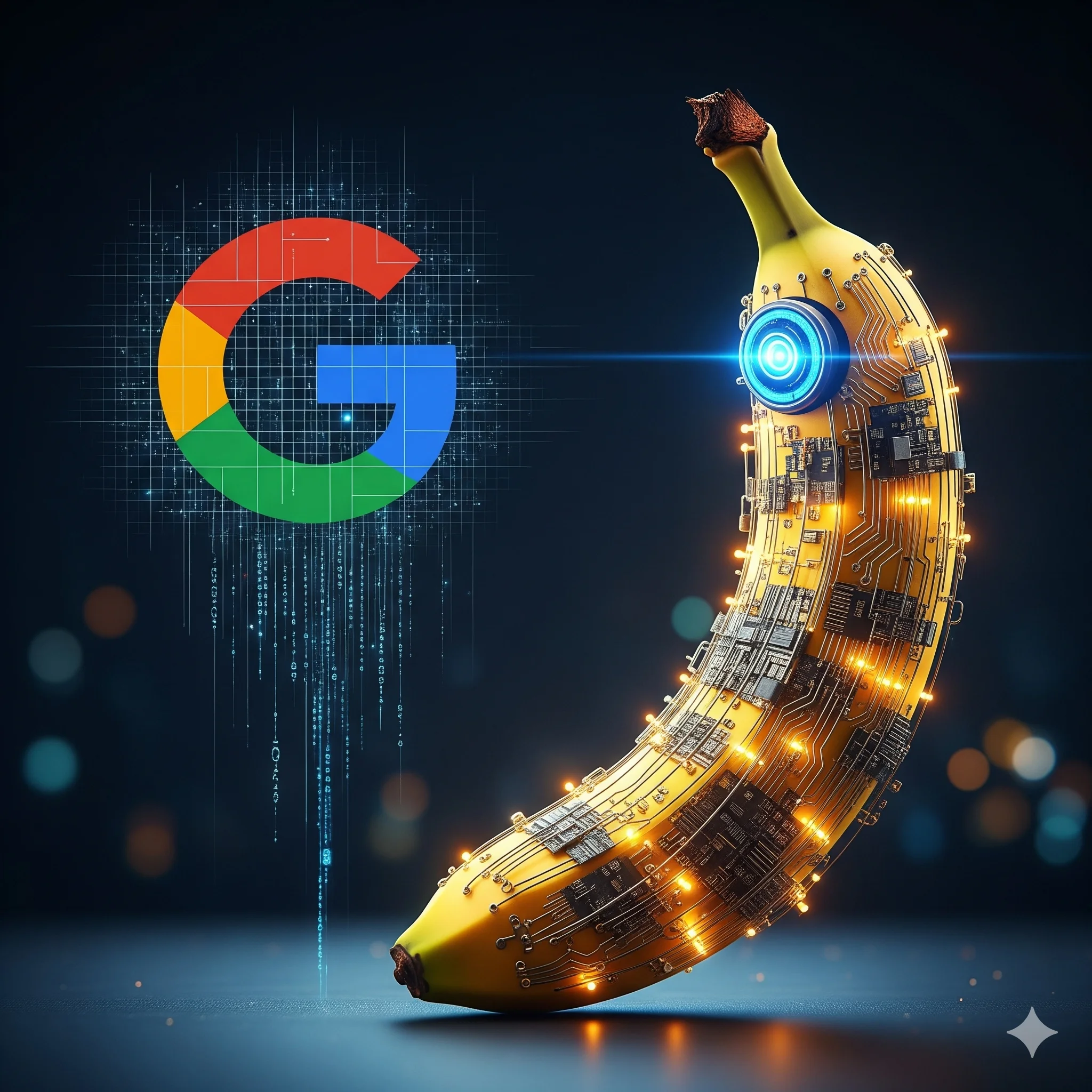
This is a significant departure from traditional 3D software like Blender, which can demand hours of painstaking manual sculpting. Google AI Studio, on the other hand, processes your requests in mere seconds. Imagine uploading a photo of your beloved pet, inputting a prompt like, “Transform this into a whimsical 3D figurine with steampunk accessories,” and voilà – you have a downloadable model ready for 3D printing or integration into VR environments. This prompt-driven approach dramatically lowers the barrier to entry, making AI-generated 3D models a reality for hobbyists, marketers, and developers alike.
For SEO enthusiasts, integrating Google AI Studio prompts into your content creation workflow can be a serious game-changer. Picture yourself generating custom, interactive visuals for blog posts on topics like “sustainable product design,” significantly boosting dwell time and improving search engine rankings with unique, engaging assets. As AI adoption continues to surge – with projections indicating over 1 billion Gemini users by 2026 – mastering the art of prompts isn’t just a skill; it’s becoming a vital competitive edge.
Why Prompts Are the Heart of 3D Model Generation in Google AI Studio
Prompts aren’t just mere suggestions; they are, in essence, the blueprint for AI creativity. Within Google AI Studio, a vague prompt is likely to yield a flat, uninspired model, whereas a meticulously refined prompt can infuse astonishing depth, rich texture, and a specific artistic style. Think of prompts as a director’s script for the AI: the more vivid and detailed the instructions, the more immersive and compelling the final scene – or in this case, the 3D model.
The science behind this lies in how Gemini’s sophisticated large language model interprets natural language instructions. It then uses this understanding to fine-tune neural networks, adjusting crucial parameters like polygon count, lighting, and material shaders based directly on your words. For example, including the phrase “high-poly realistic rendering” in your prompt signals the AI to prioritize intricate detail over sheer speed, leading to a more polished result. This prompt optimization for 3D conversion is absolutely crucial for SEO, as high-quality, engaging visuals consistently improve user engagement signals for search engines.
Let’s look at the key benefits of embracing prompt-focused workflows:
- Precision Control: Dictate everything from photorealistic styles to abstract interpretations with remarkable accuracy.
- Efficiency: Iterate and refine your 3D models in real-time without needing to restart the entire process from scratch.
- Versatility: Effortlessly adapt your outputs for a wide range of niches, from creating “3D pet portraits” to generating high-quality “e-commerce product renders.”
By honing your prompts for photo to 3D models, you’ll not only save a significant amount of time but also produce content that is more likely to rank higher in searches like “AI 3D art tutorials.”
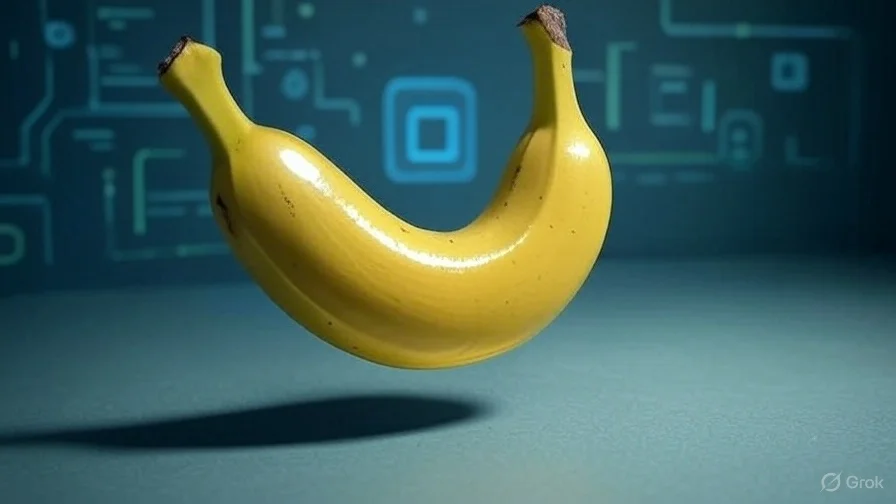
Prerequisites: Setting Up for Success with Google AI Studio
Before you can unleash your inner 3D artist, it’s essential to gather a few key essentials. Think of this as preparing your canvas before you begin painting.
- Gemini App Access: You’ll need free access to the Gemini App, available for download on both iOS and Android devices. Simply sign in with your Google account. For unlimited generations and advanced features, explore the premium tiers.
- High-Resolution Photos: Aim for images that are at least 1080p, with clear subjects, even lighting, and minimal background clutter. Portraits or isolated objects tend to work best, as they help avoid potential AI confusion.
- Prompt Basics: While you don’t need prior experience in prompt engineering, a good familiarity with descriptive language will certainly help. Tools like prompt libraries (found on platforms like PromptBase) can serve as excellent inspiration for getting started.
Once your setup is complete, you’ll be perfectly primed to start experimenting with advanced prompts in Google AI Studio. Here’s a pro tip for SEO: tagging your generated models with relevant keywords like “AI 3D transformation” can significantly boost your portfolio’s discoverability and create valuable backlink opportunities.
Step-by-Step Guide: Crafting Prompts to Convert Photos to 3D Models
Harnessing the power of Google AI Studio is remarkably straightforward, but elevating the process with masterful prompts can truly transform routine tasks into acts of artistry. Follow this workflow to master the art of prompt-based 3D photo conversion:
Launch and Upload: Open the Gemini App, navigate to the “AI Studio” section, and then select “Image to 3D.” Upload the photo you wish to convert – the AI will automatically detect the primary subject.
Input Your Base Prompt: Begin by entering a foundational instruction. A good starting point could be: “Convert this photo into a detailed 3D model.” Hit “Generate” to get a quick initial preview.
Refine with Layered Prompts: Now, it’s time to build complexity. Start adding more specific descriptors. You can define the structure (e.g., “full-body pose”), the style (e.g., “cyberpunk neon glow”), and even technical specifications (e.g., “optimized for STL export”).
Preview and Iterate: Carefully examine the generated 3D view. If something isn’t quite right, don’t hesitate to tweak your prompt. For instance, you might append “enhance facial details with soft shadows” and then regenerate. You can generate up to 5 variants per session, allowing for ample experimentation.
Export and Optimize: Once you’re satisfied, download your model in your preferred format, such as OBJ, GLB, or GLTF. For enhanced SEO, consider embedding these models into your website using viewers like Sketchfab to boost your interactive content scores.
Throughout this process, remember that prompts drive approximately 90% of the magic. Make sure to track your iterations; this practice is vital for refining your unique style and ensuring consistent SEO-friendly 3D assets.
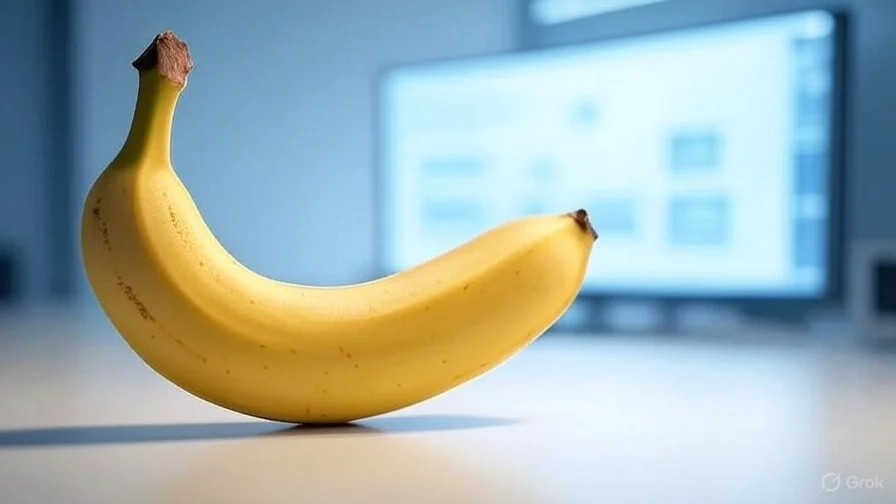
The Art of Crafting Effective Prompts: Tips and Best Practices
Prompt engineering is a fascinating blend of science and art. The best approach is to start with the subject identified in your photo and then layer in descriptive adjectives, desired styles, and specific constraints. Here are some of our top best practices:
- Be Specific: Don’t shy away from metrics. Use details like “200,000 polygons for ultra-HD resolution.”
- Incorporate Keywords: For maximum SEO impact, strategically weave in terms like “eco-friendly 3D render” or “custom AI character.”
- Experiment Iteratively: Test various prompt variations; pay close attention to what elements consistently boost realism and aesthetic appeal.
- Avoid Overload: Aim for prompts between 100-200 words. Anything significantly longer can sometimes dilute the core instructions and lead to less focused results.
A common pitfall is ambiguity. A prompt like “make it cool” will almost certainly lead to bland, uninspired results. Instead, channel vivid imagery and specific instructions. For instance, try: “A majestic eagle soaring with iridescent feathers under stormy skies, rendered in a dynamic, heroic pose.”
When it comes to optimizing prompts for Google AI Studio, don’t forget to consult community forums or Google’s official documentation. This focused approach to prompts ensures your outputs align with emerging trends like “generative AI for marketing visuals,” thereby enhancing your search visibility.
Prompt Structure Table: Building Blocks for Stunning 3D Outputs
To demystify the prompt creation process even further, here’s a structured table that breaks down the essential components. Use this as your go-to template for crafting your next spectacular 3D model prompt:
| Component | Description | Example Phrase | Impact on Output |
|---|---|---|---|
| Subject | Clearly identify the main element present in your photo. | “This portrait of a young woman” | Ensures accurate base model fidelity. |
| 3D Structure | Define the form, scale, and desired pose of the subject. | “As a life-size bust on a pedestal” | Adds dimensional depth and proportion. |
| Style/Aesthetic | Specify the artistic influence or theme you want to convey. | “In a surreal Dali-inspired dreamscape” | Infuses unique visual flair and character. |
| Materials/Textures | Detail the surfaces to achieve desired realism or artistic effect. | “With porcelain skin and velvet drapes” | Enhances tactile quality and visual richness. |
| Lighting/Environment | Set the mood and atmosphere through illumination and backdrop elements. | “Dramatic chiaroscuro lighting at dusk” | Builds emotional immersion and narrative context. |
| Technical Specs | Guide the rendering quality, export format, and practical usability. | “High-res, printable in resin, 4K textures” | Optimizes for practical use and high fidelity. |
This table serves as a quick-reference for prompt engineering tips, helping you craft SEO gold like “custom 3D avatars for branding” or “AI-generated architectural visualizations.”
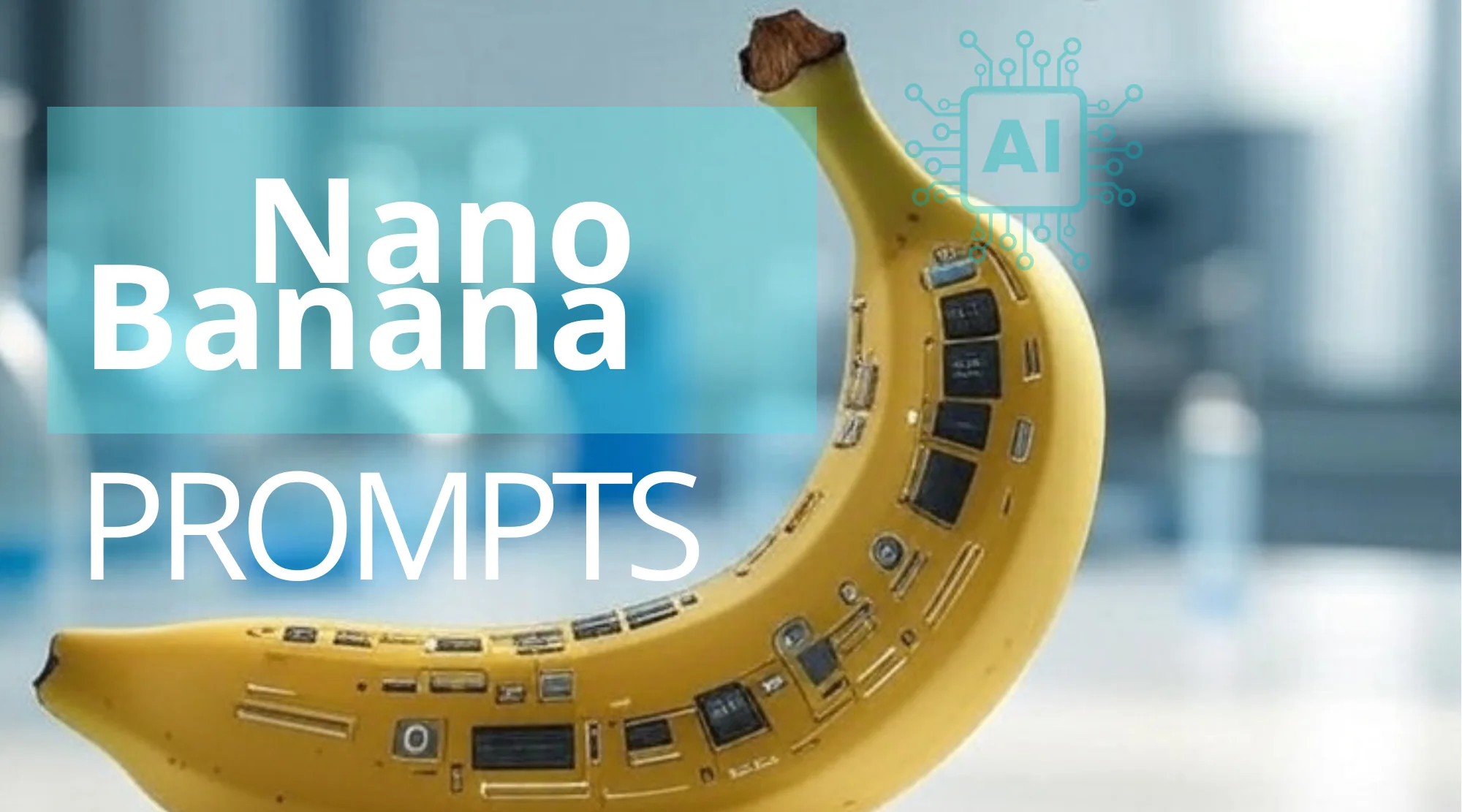
Real-World Prompt Examples: From Basic to Advanced 3D Transformations
Drawing inspiration from proven successes and practical use cases, here are some verbatim-inspired prompts meticulously tailored for Google AI Studio. These are optimized for various scenarios, with a strong emphasis on effective prompts for 3D generation from photos:
Basic Pet Figurine: “Create a realistic 3D figure of this bulldog wearing a top hat and holding a cane, standing playfully on a wooden base with warm ambient lighting.”
- Result: A charming, highly printable toy model – perfect for searches related to “personalized pet 3D prints.”
Minimalist Object: “Transform this flower photo into a minimalist 3D model carved from oak wood, with smooth geometric facets and subtle grain textures under soft natural light.”
- Result: An elegant decor piece, ideal for eco-friendly blog visuals or articles on “minimalist AI art.”
Anime Avatar: “Turn this selfie into an anime-style 3D avatar with emerald green hair, a futuristic cyberpunk outfit, dynamic pose, and glowing LED accents for VR gaming.”
- Result: An immersive character ready for the metaverse – targeting search queries like “AI avatar creation prompts.”
Abstract Sculpture: “Convert this landscape photo into an abstract 3D metal sculpture with twisted, interlocking forms, oxidized bronze finish, and an ethereal fog environment.”
- Result: A gallery-worthy art piece that can boost SEO for terms like “abstract 3D sculptures.”
Product Visualization (SEO-Focused): “Generate a hyper-realistic 3D model of these sneakers from the photo, rendered in sustainable bamboo material, with heroic lighting on an urban street backdrop, optimized for e-commerce renders with 360-degree views.”
- Result: A high-conversion asset perfect as an “AI product photography alternative” or for detailed product showcases.
These examples clearly demonstrate how detailed prompts in Google AI Studio consistently yield tailored and impressive outputs. Don’t hesitate to experiment by swapping elements – for instance, changing “bronze” to “neon acrylic” can instantly give your model a modern twist!
Applications of Prompt-Driven 3D Models: Beyond the Basics
The sheer versatility of Google AI Studio 3D prompts extends far beyond simple conversions, opening up a vast array of creative and commercial applications:
- Personalization at Scale: Imagine creating custom family portraits that can be transformed into unique 3D ornaments or keepsakes.
- Gaming & Social Media: Develop highly personalized avatars for platforms like Roblox or create engaging AR filters for Instagram stories.
- Marketing & E-commerce: Generate interactive product demonstrations that can significantly skyrocket rankings for terms like “3D e-commerce visuals” or “virtual product try-ons.”
- Art & Education: Produce intricate sculptures for educational displays, sell unique NFTs, or create artistic installations.
For savvy SEO professionals, these generated 3D models can be seamlessly embedded into websites. This not only adds a compelling visual element but also demonstrably improves key metrics like bounce rate and user engagement through interactive content experiences.
Limitations, Ethical Considerations, and Future-Proofing Your Prompts
While Google AI Studio is incredibly powerful, it’s important to acknowledge its current limitations. The quality of the output is highly dependent on the input photo; blurry or low-resolution images can unfortunately result in artifacts or less detailed models. Furthermore, for extremely complex scenes or highly specific artistic visions, the fine control might still be somewhat limited compared to traditional manual 3D modeling software.
Ethically, it’s paramount to prioritize consent when working with portraits of individuals and always adhere to Google’s policies regarding data privacy and responsible AI usage.
Looking ahead, anticipate continuous updates to Gemini, likely including enhanced AR integration and even smarter prompt parsing capabilities. This means future prompts for AI 3D will become even more intuitive and powerful. To stay ahead of the curve, consider joining online communities like Reddit’s r/AIPrompts to share insights and learn from fellow creators.
Conclusion: Elevate Your Creativity with Google AI Studio Prompts
Google AI Studio is fundamentally redefining how we approach 3D creation, but it’s truly your prompts that breathe life and personality into the generated models. From straightforward image conversions to the realization of elaborate, imaginative visions, mastering prompts for stunning 3D models empowers you to innovate without limits. Start experimenting today – upload a photo, craft a compelling prompt, and witness your ideas effortlessly take shape in three dimensions. For more on “Google AI Studio tutorials” or “best 3D AI prompts 2025,” consider bookmarking this guide and sharing your incredible creations with the world. The future of creativity is undeniably prompt-powered and thrillingly three-dimensional.

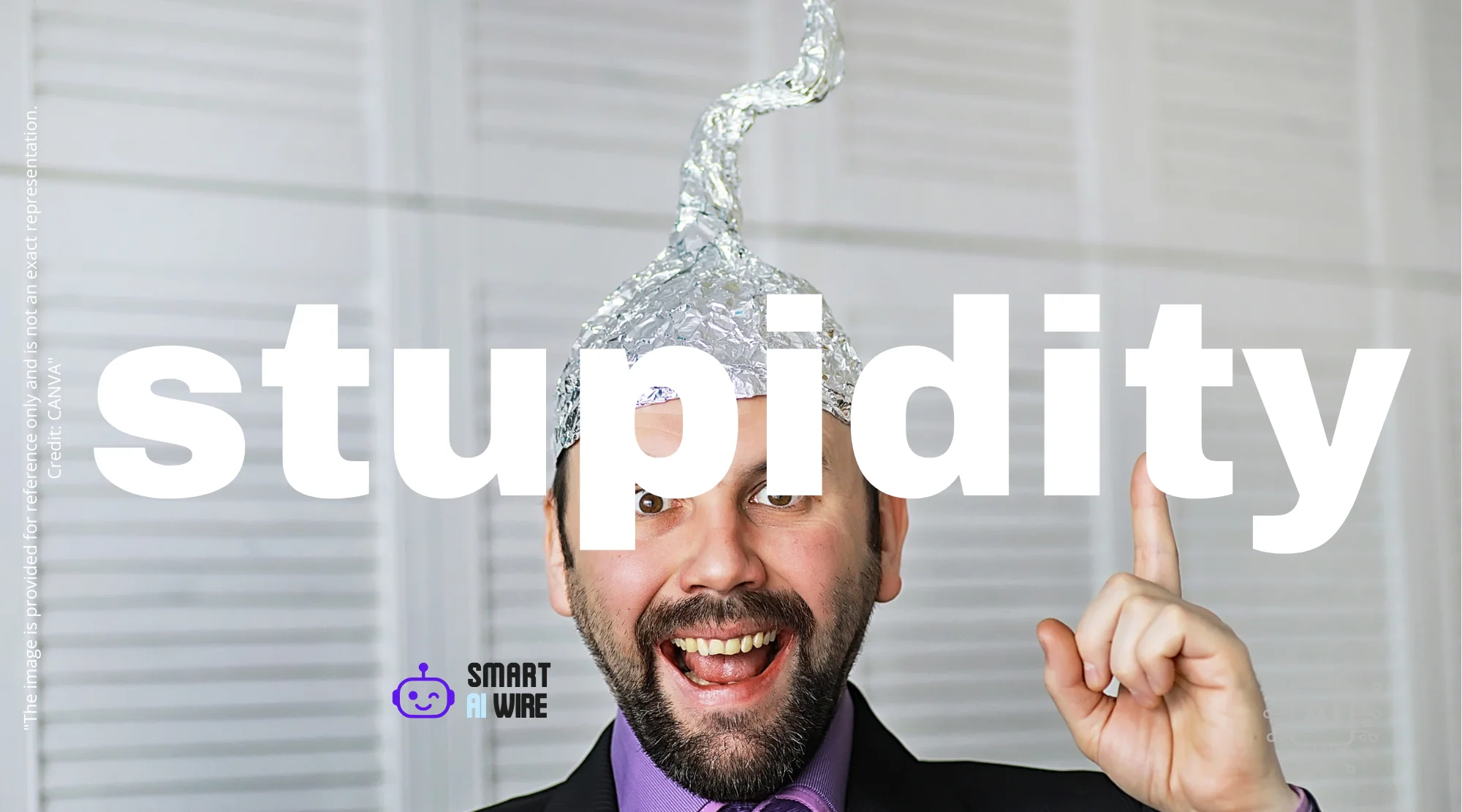
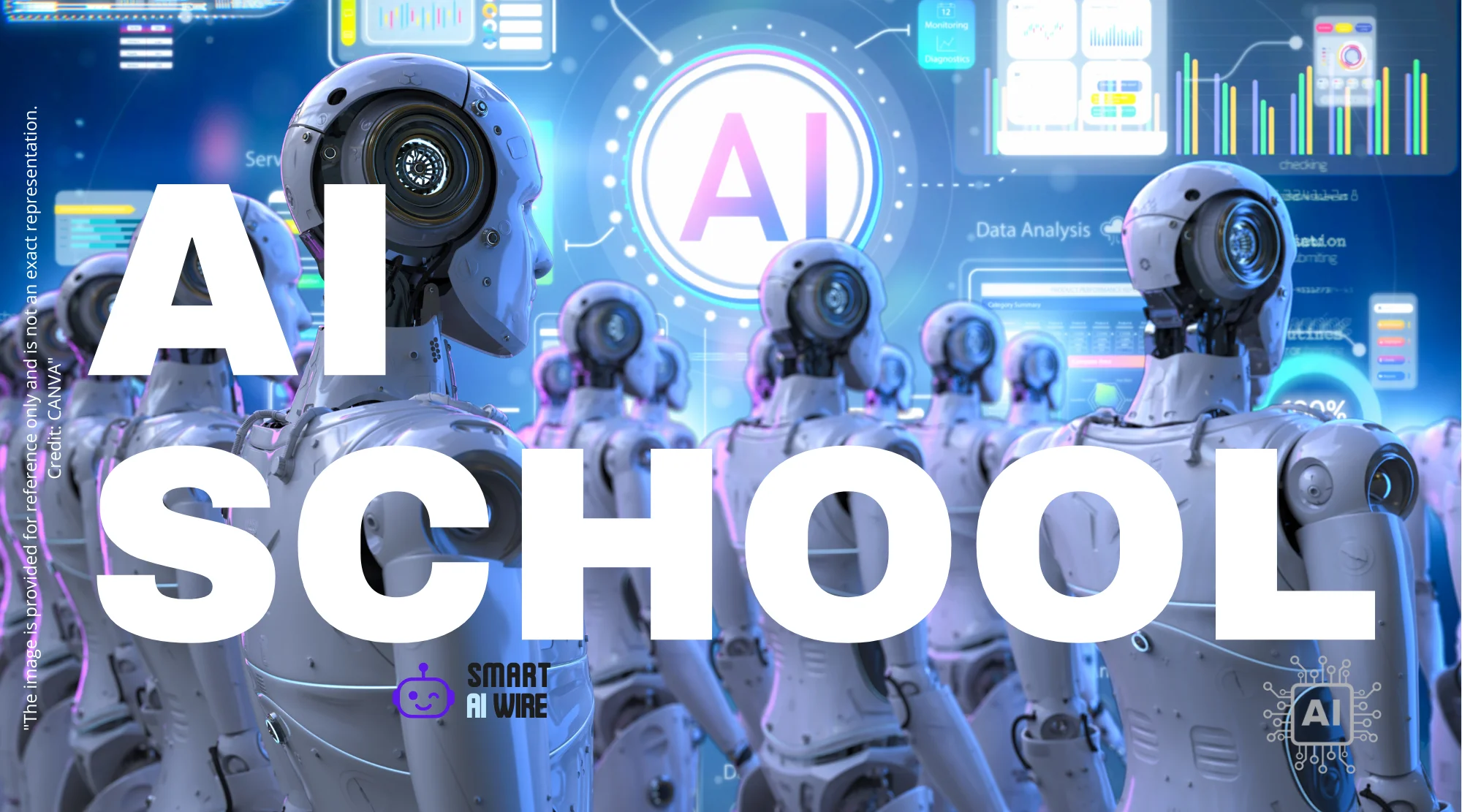
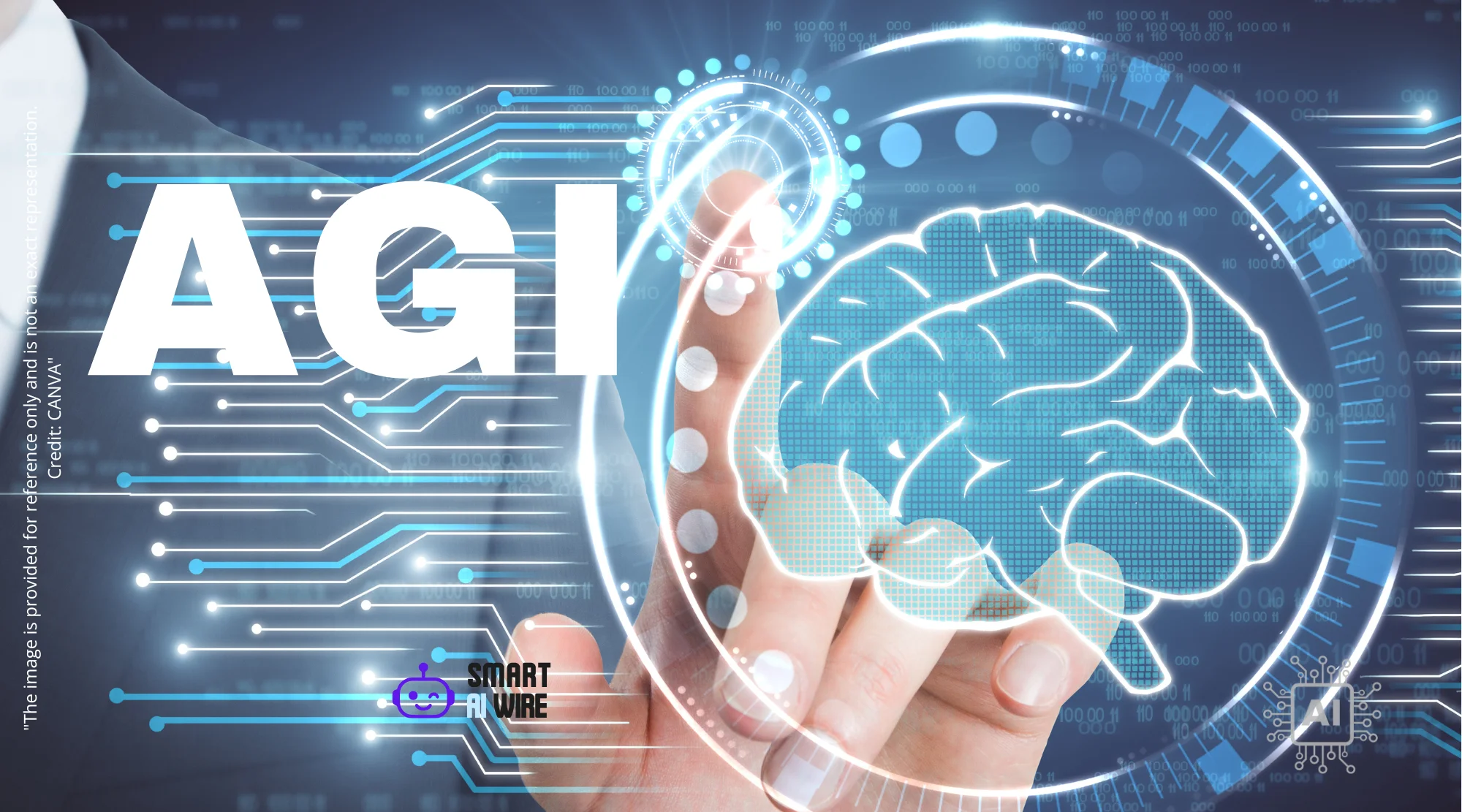
3 thoughts on “Google AI Studio: 2D Photos to Stunning 3D Models w/ Prompts”